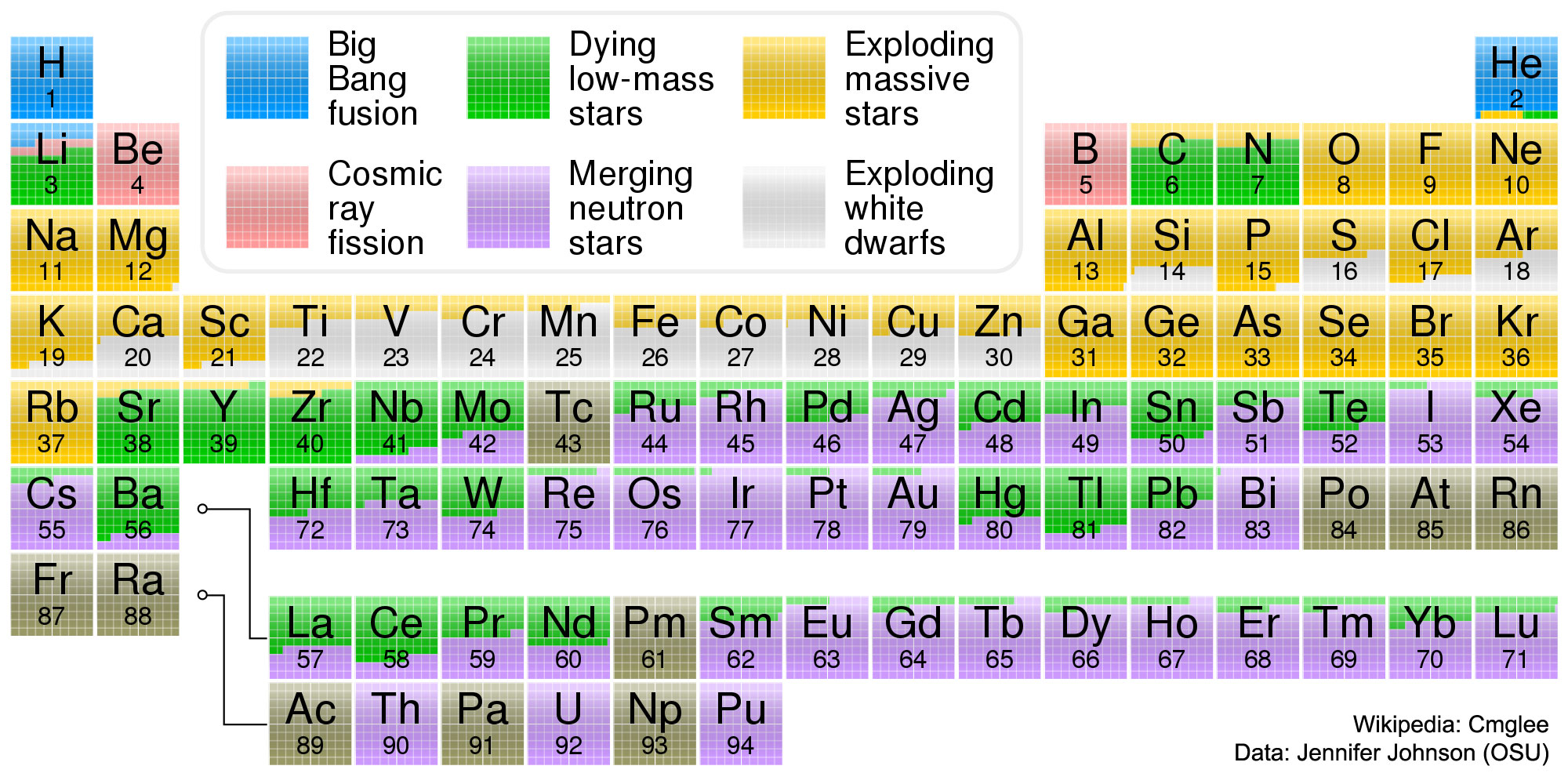I agree that 400k ice body sounds unusual, however:
Lets not forget most of what is being discussed here is water, and you can't simply say that because water freezes/boils at a given temp/press, that all elements/compounds/etc do...Hence why there is liquid far out in our solar system, it's not water. Pressure makes it even more difficult to relate to, as many people (myself included) relate to those terms at our given pressure.
Language could also be playing tricks on you. We use the term ice, gas, liquid, solid, sublimate, etc. to describe things, but in the real continuum of physical states they aren't always "exact" terms. There are more than just the 3 or 4 states of matter you might remember, (I haven't kept track but I think we are over 10 now...) and some of those definitions aren't terribly "different" in my mind, then we go back and try to apply a term like "ice" to them.
Obviously this is not my strong suit of science here, (Biology guy) but perhaps it helps.
and props to Apos, for helping me relive the nightmare of the required college chemistry classes, I swear I remember one of those graphs...




